
Weird World of Lichen: Anything But Ordinary
Slow and steady
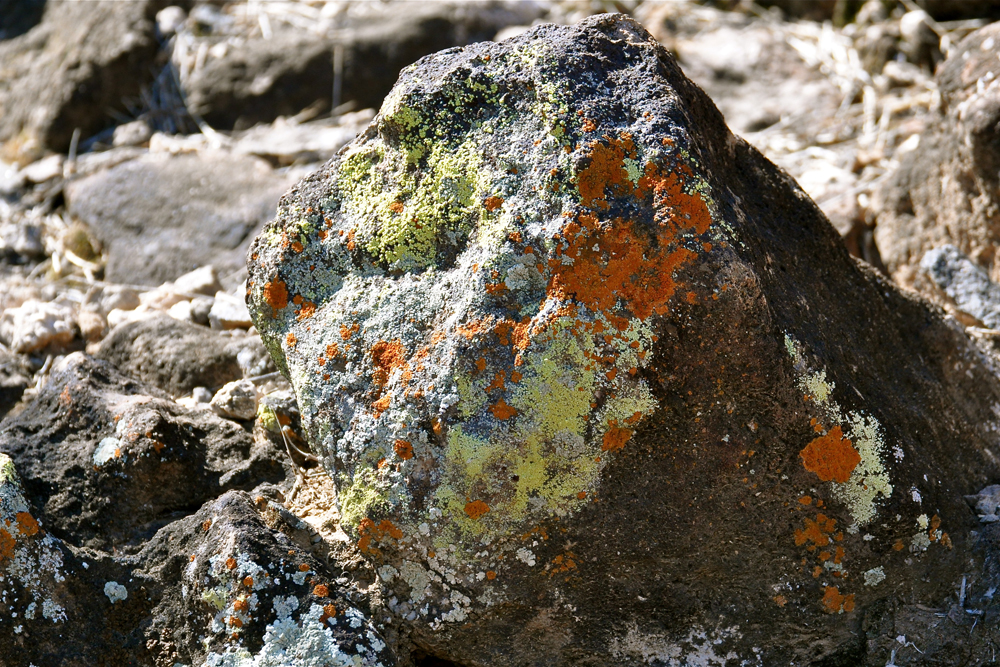
Lichens are very slow growers and can be used to date the rock surface upon which they are growing. Slowly, they spread across the rock surface as small pieces of the thallus break off and are blown around by the wind. Since all the partners of the lichen are present in these small pieces, growth can begin immediately. Some species of lichen produce soredia, specialized balls of tissue made just for distribution.
Creative uses
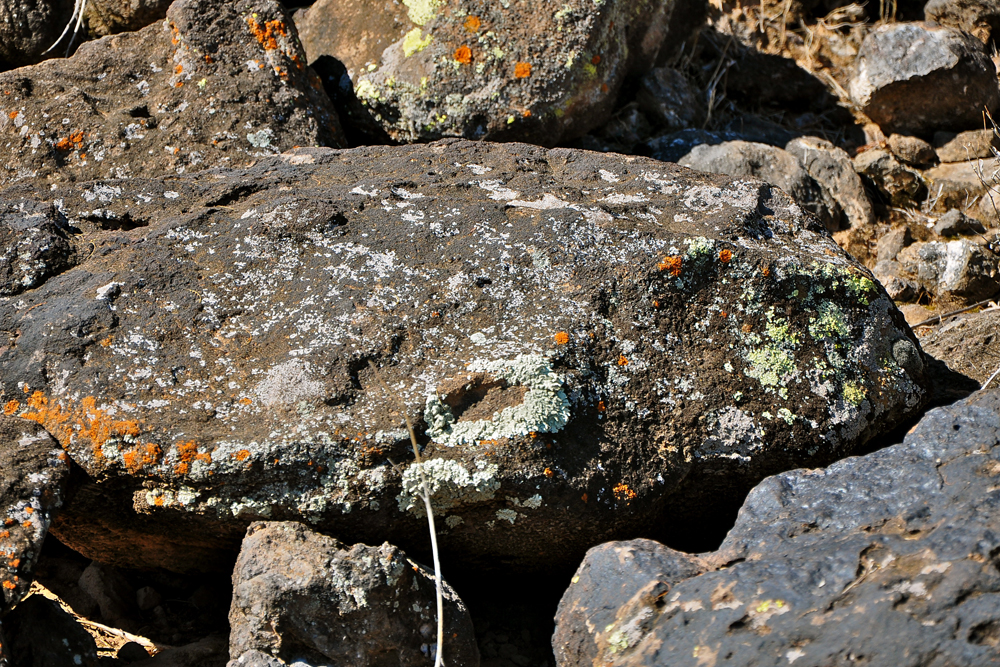
Many lichens can be used to create natural dyes for wool and cloth. Traditional Scottish kilts have long been dyed with lichens. Lichen, such as Letharia vulpine, was used by Native Americans to dye clothes and rugs. During medieval times the coastal lichen species Rocella was gathered to produce a deep purple color called "Orseille." Only kings and high church officials were allowed to wear clothing dyed with Orseille. Lichens are also used to make perfume and to scent soaps.
Earth as art
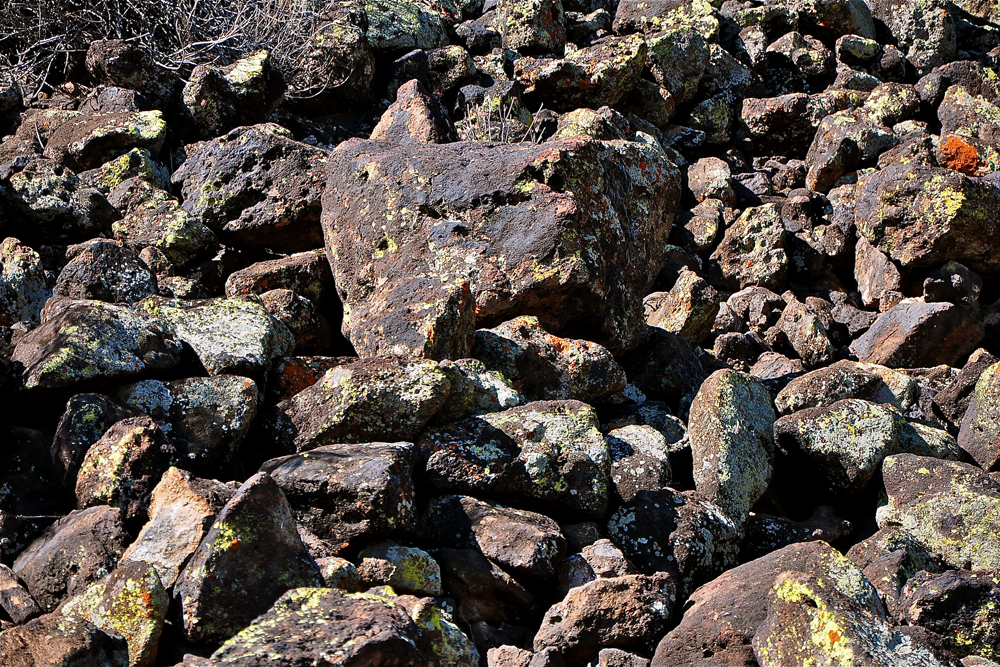
Lichens have been called "nature's artwork." They can decorate a hillside of desert-varnished basalt boulders with splashes of brilliant orange, green and bright yellow blotches. Their colors provide an intense contrast to the barren browns so commonly found in the deserts of the world.
Abundant delicacy
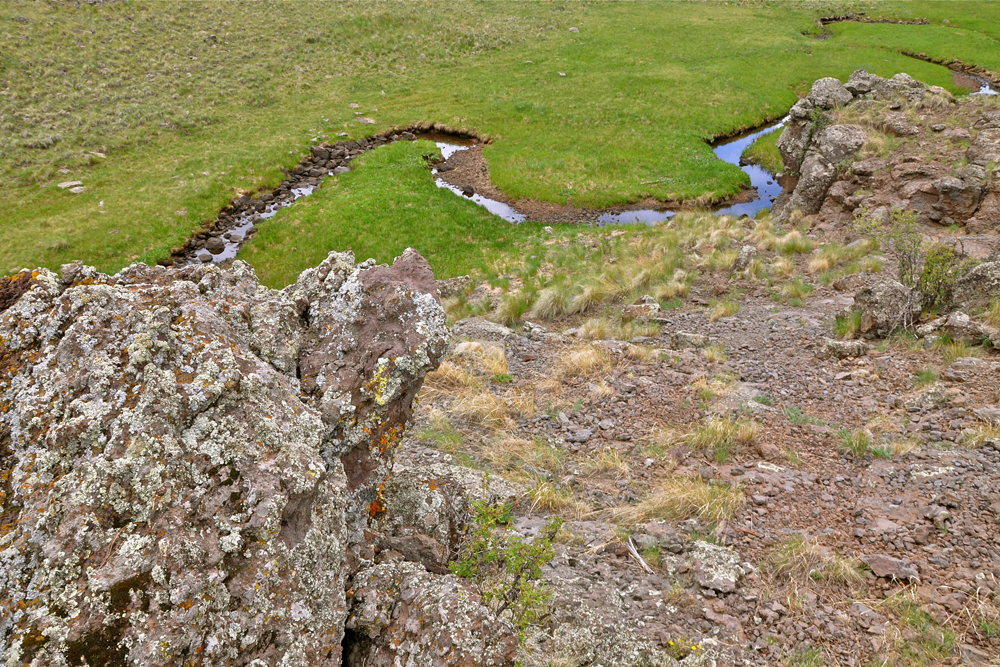
Lichens are an important food source in lands where grass is rare. Lapp farmers north of the Arctic Circle gather and store lichen for winter forage for their herds of reindeer. Sheep found in the desert regions of North Africa commonly eat crustose lichens found abundantly growing upon the rocks.
Smog detector
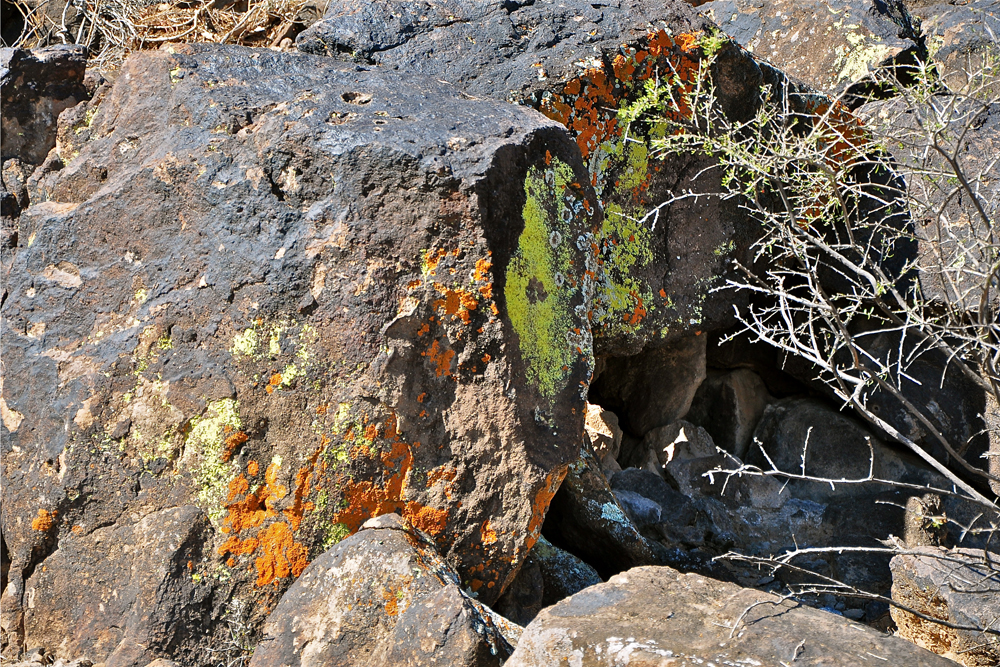
Lichen are very sensitive to air pollution, especially pollution caused by sulfur dioxide. Modern scientists now use them to determine if urban air quality is decreasing or improving the more lichen growing, the better the air quality.
So next time you are out exploring the natural world, keep an eye out for those colorful little ecosystems known as lichens. Sometimes nature's most amazing organisms are overlooked and seen as common. Common lichen may be, but they are anything but ordinary.
Partners
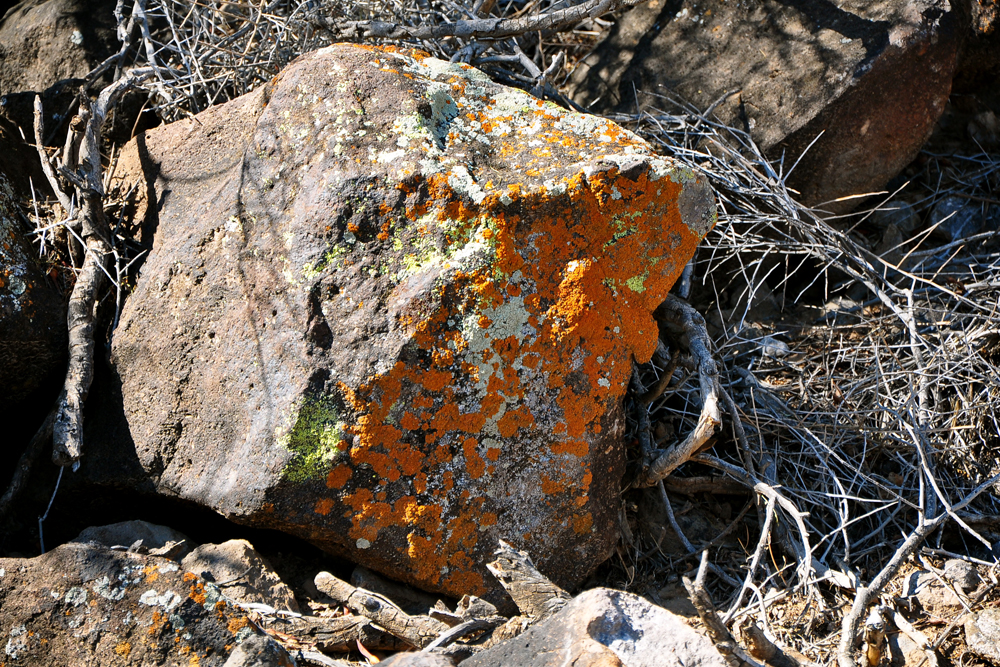
Lichens are composite, symbiotic organisms that can be composed of members from three of biology's six typically recognized kingdoms. The dominant partner of all lichen is fungus (from the kingdom Fungi), but since fungus cannot make its own food, it must acquire partners that can manufacture food through photosynthesis. In some lichen species the partner is a green, golden or brown algae (from the kingdom Protista) and in others the partner is a cyanobacteria (from the kingdom Monera).
Win-win relationship
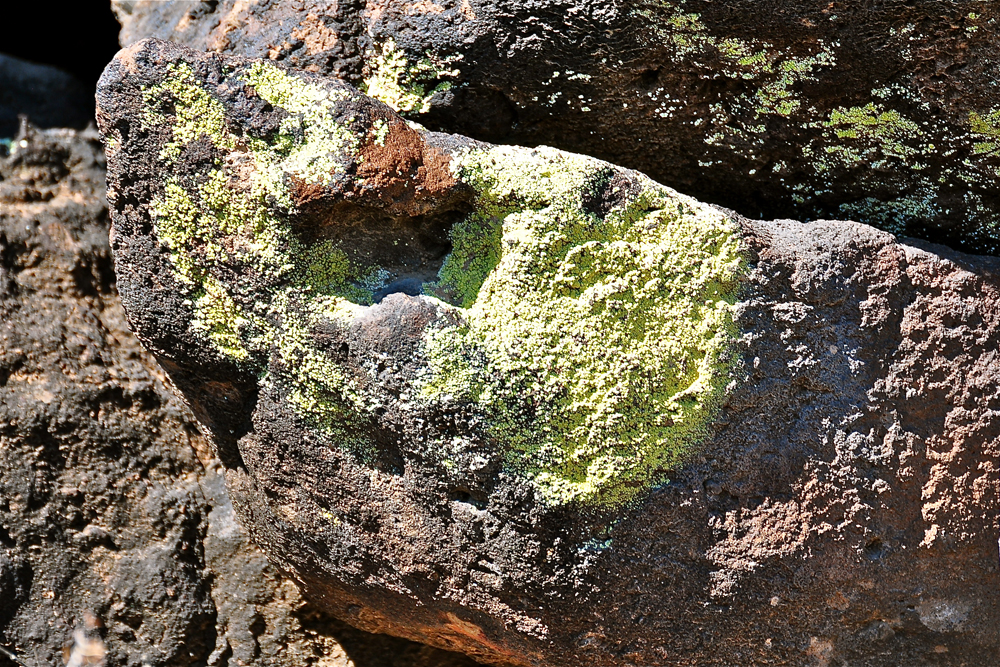
Sometimes all three of the organisms fungus, algae and cyanobacteria are found in the same lichen. The fungus is fed by the photosynthesizing algal parts, while the fungus is superior in locating, soaking up and retaining nutrients and water. The relationship between two or more organisms that is mutually beneficial for all is known as mutualistic symbiosis.
Sign up for the Live Science daily newsletter now
Get the world’s most fascinating discoveries delivered straight to your inbox.
Big family
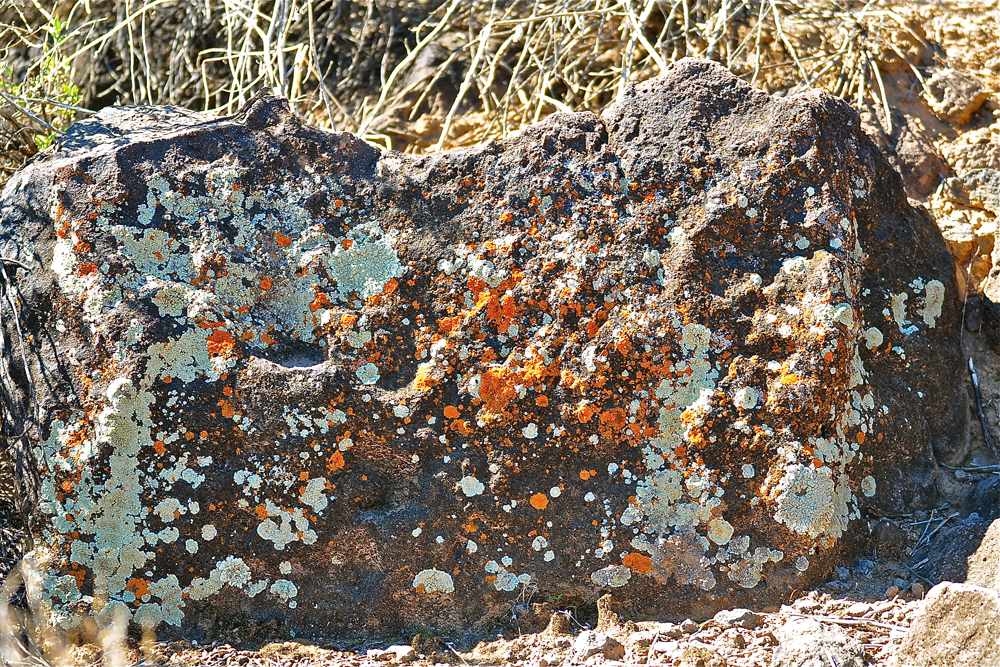
More than 3,600 species of lichens have been identified across the United States and Canada with over 14,000 species identified worldwide. They are found from pole to pole and on all types of land surfaces. Yet even though they are a major component of biological diversity, lichens are extremely sensitive and vulnerable to habitat alteration. Modern scientists now use lichens as indicators of ecosystem continuity that aid in identification of areas that are ancient or endangered and should be protected.
Form and function
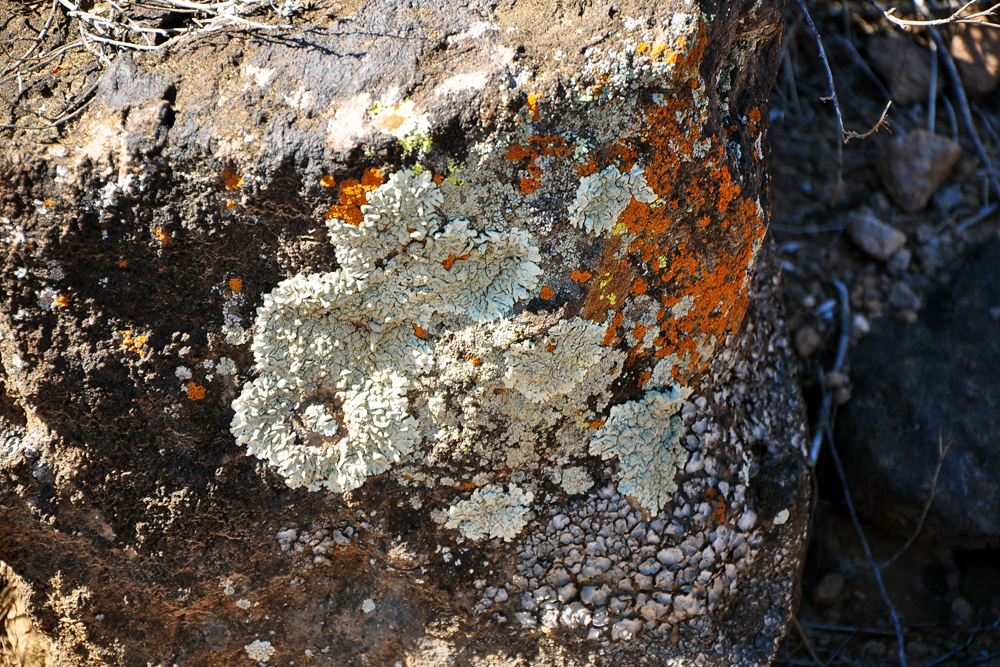
The fungus also determines the main body and shape of the lichen and its reproductive structures. The main body of a lichen is known as a thallus. Scientists generally recognize four broad categories of lichen: crustose (crusty), foliose (leafy), Squamulose (scale-like) and fruticose (shrubby). As much as 8 percent of the Earth's land surface is covered with some variety of lichen. The various colors of lichen are a result of a variety of chemical substances, many of which are acids, manufactured by the lichen.
Natural protection
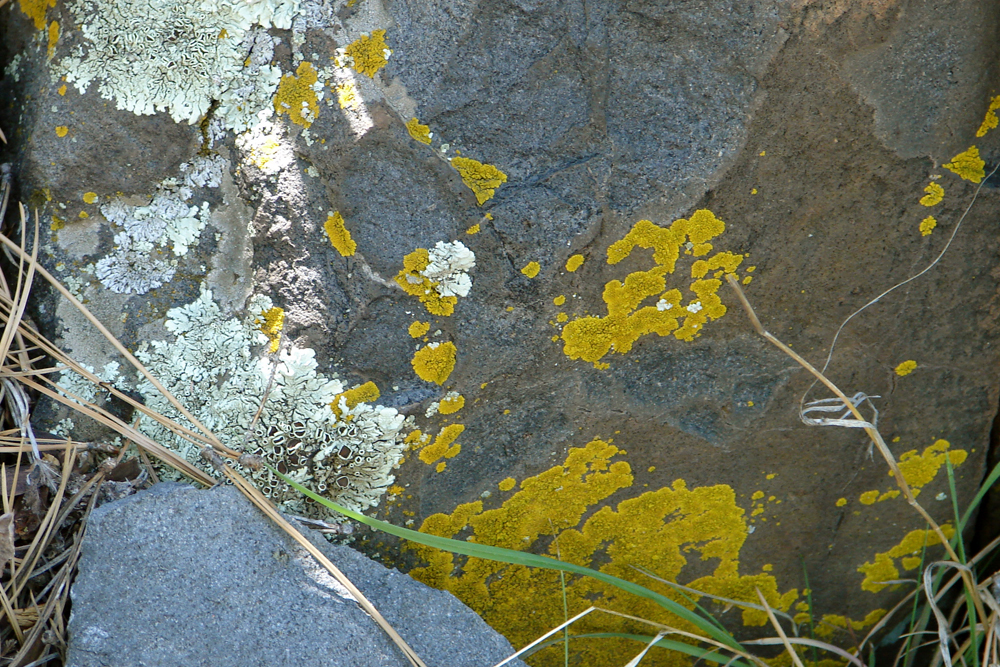
These substances not only give color to the lichen but also can help protect the lichen by resulting in a bitter taste that discourages animals from eating the lichen, by protecting the living lichen from too much harmful ultraviolet radiation and by helping dissolve necessary mineral nutrients from the rock or living host upon which the lichen is attached. In many ways, lichens are a major part of the Earth's soil-making cycle.
Complex team
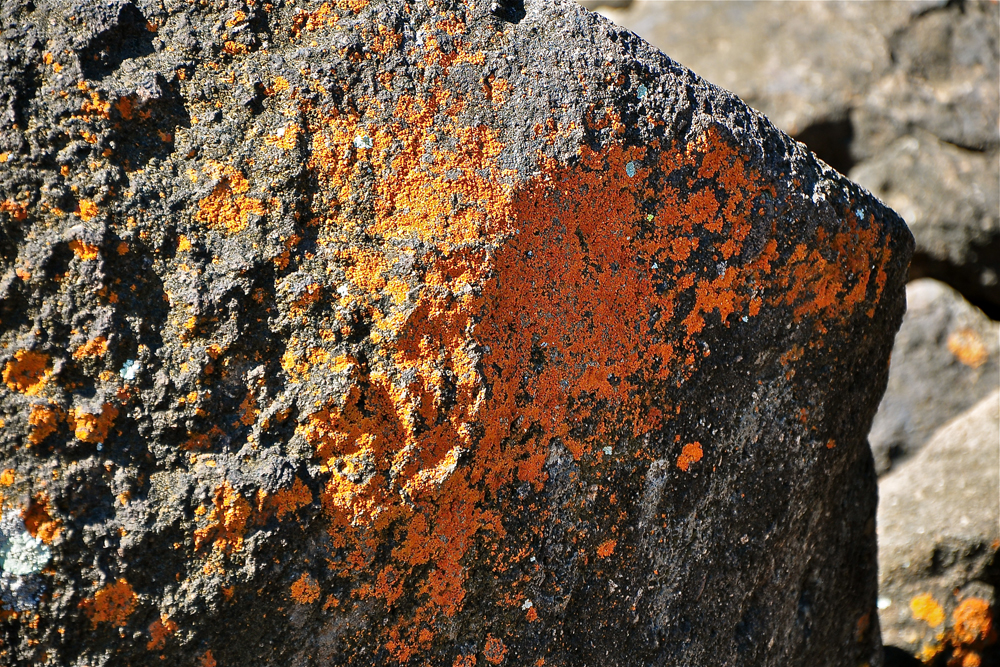
With such a complex symbiotic partnership, lichen have often been characterized as small ecosystems in their own right. The fungus determines the lichen body's shape and whether it is flexible or rough and hard. Ascomycetes cup fungi are the most common species found in lichens. Some 40 genera of cyanobacteria and algae are commonly found in the symbiotic lichen partnerships.










